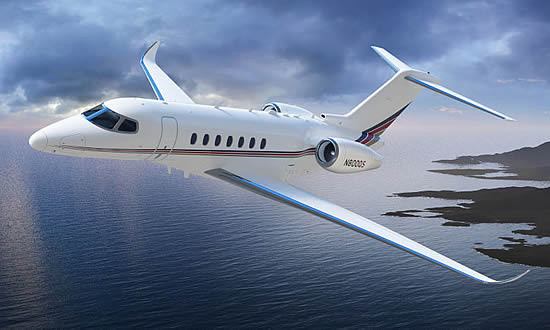 |
Fractional is here to stay |
Nick Copley, president of SherpaReport, does the heavy lifting when it comes to defining what you need to know about access to business aviation, whether full ownership, fractional, jet cards or charters. This week he explores whether fractional ownership is a viable business model.
With the recent demise of fractional operator Jet It, some might be wondering if fractional aircraft ownership is a sustainable business model. The short answer is yes, fractional is here to stay.
Jet It largely closed due to financial issues. In very simple terms, it didn’t charge enough. Although the initial buy-in and the monthly fee (for insurance, hangars, maintenance, etc.) were comparable to competitors’ prices, Jet It’s occupied hourly rate did not make financial sense for the operator.
It charged owners up to 50% less per hour flown than other similar fractional programs. Particularly on light jets, which typically do shorter flights, they struggled to make the economics work.
Several sources have told SherpaReport that bills were being left unpaid for fuel and maintenance, leaving a large part of their fleet on the ground and unavailable to their fractional owners. All that amounted to failure.
So what have we learned?
The closure of Jet It reinforces the need to do due diligence to find the right provider and the right product. One must compare what various fractional providers are offering and if the deal is too good to be true, then look really hard and ask tough questions.
The Jet It failure is reminiscent of the Avantair closure in 2013. Both fractional providers were largely dedicated to one aircraft type (Jet It favoured Honda Jets while Avantair had a fleet of Piaggio Avanti twin turboprops). In both cases, the marketing suggested the aircraft offered were cheaper to operate, hence the lower fractional fees. Although there may have been some truth to that, the reality is that the operational savings were overplayed. A new aircraft may be a little cheaper to operate, but if you’re being offered 50% savings, that should be a red flag.
The glamour of choosing a new aircraft must also be carefully considered. Choosing an aircraft that is tried and true certainly has advantages. You may pay a premium, but you’ll know that an established aircraft type is more likely to be available as you need it.
Entrusting a fractional operator with a long track record could also save you headaches. NetJets was the first - having launched its fractional ownership business in 1986 - nearly 40 years ago. PlaneSense and FlexJet have been around since the early- to mid-90s. These are simply examples - but ones that show that the fractional ownership business model can and has lasted. Several of their competitors now have similar business models.

NetJets Longitude: NetJets is aiming to have 1,000 aircraft in its fleet by end of 2023 - up from 750 before the pandemic.
Fractional aircraft ownership can be a worthwhile investment for individuals or businesses that fly private aircraft 50 or more hours per year. The operator provides pilots, training, maintenance, hangar storage, insurance, catering, and any additional services. With this type of ownership, you can have a plane ready within as little as four hours to take your party to its destination. The larger fractional ownership programs maintain fleets with different size aircraft, which can offer the ability to upgrade or downgrade to a jet that best suits your needs for a given trip.
Whereas chartering provides occasional users with a cost-effective option, frequent flyers may be irked by a lack of consistency in charter fleets: the aircraft models change, as do the crews, the quality of the service, and more.
In a recent SherpaReport survey, fractional owners revealed they use fractional ownership due to the enhanced service (22%), increased reliability (16%), higher safety levels (15%) and cost efficiency (15%). The model continues to be appealing. Looking at all private flyers who answered our survey, 22% intend to buy a fraction of an aircraft in the future.
Fractional ownership is a good option - and one that should be around for decades to come. It offers the consistency and reliability, without the additional costs of full-fledged ownership. The important lesson before jumping at the next deal: run your numbers on various fractional operators and compare. This is SherpaReport’s specialty: we can guide you and help match your needs based on how you fly with operators that are best positioned to fulfill those needs.





